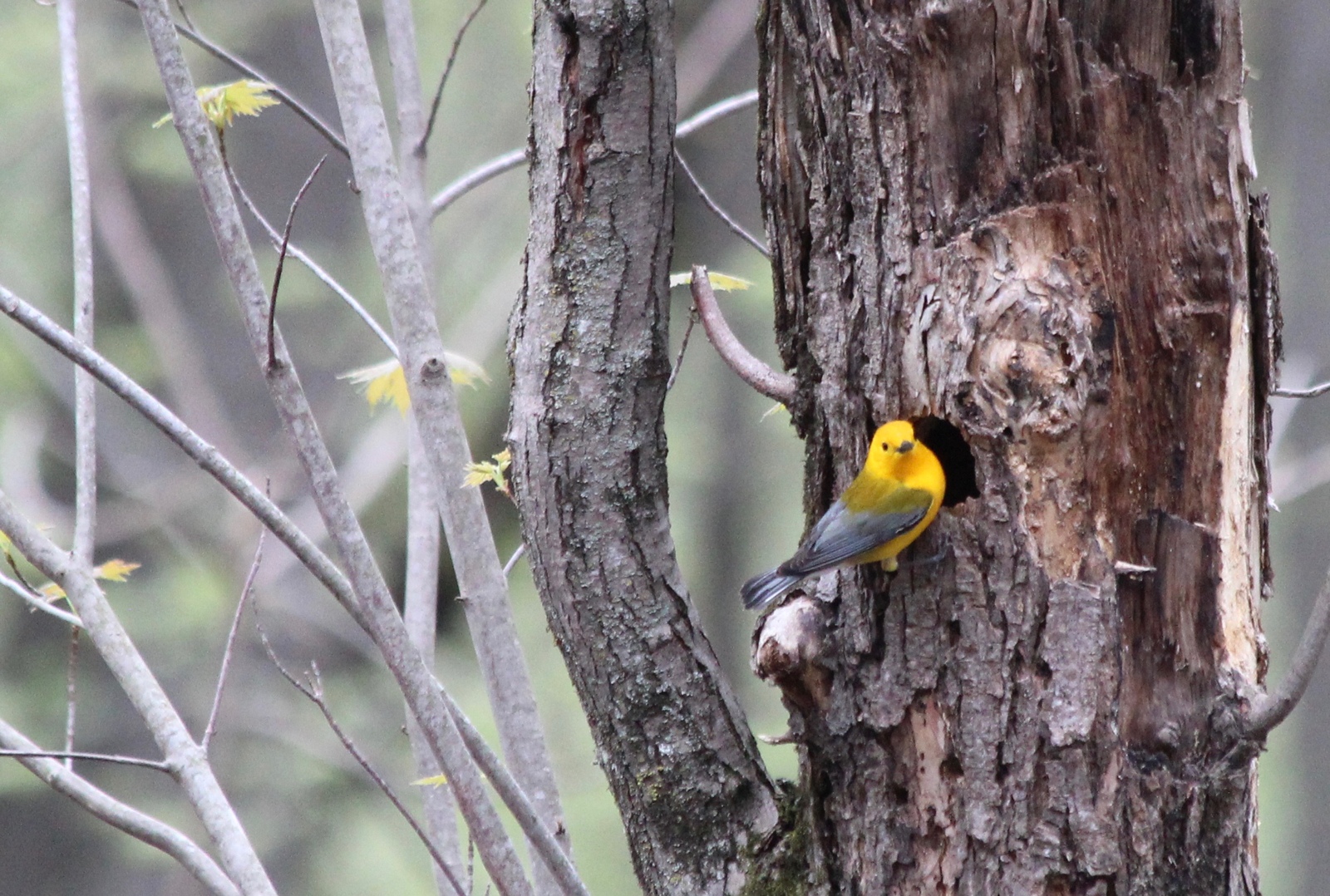Wildlife observed near Rock Marsh WMA from iNaturalist.
A popular wildlife area near the upper St. Croix River has been nearly doubled in size, thanks to a recent acquisition by the Minnesota Department of Natural Resources of more than 500 acres. The Rock Marsh Wildlife Management Area will be significantly expanded to include high quality upland and wetland habitat.
The project was made possible by the Trust for Public Land and the Minnesota Legacy Amendment funding. It’s part of a partnership to protect land in the basin that also includes Wild Rivers Conservancy of the St. Croix and Namekagon and the Minnesota Land Trust.
“We want to protect the water quality and the recreation opportunities for the public in this watershed and protect the beautiful gem that is the St. Croix River,” said Will Cooksey of the Trust for Public Land.
Located a few miles west of the Highway 70 bridge over the St. Croix River, the addition to the WMA is now open for wildlife observation, hunting, hiking, and other passive recreation. It will provide perpetual public access to wild land and water.

The new public land was shaped by the St. Croix River. It sits in an ancient channel where the river flowed thousands of years ago, during the messy millennia of glaciation. Before carving its current path to the east, the river cut through the land here, leaving a low valley and rocky ridges that are aligned with the prehistoric flow.
”Much of the property is perched wetlands that run kind of parallel to the St. Croix River,” said Cooksey. “Geologically speaking, this was a former riverbed, so there are some rolling oak forests deep into the property.”
The deposits of sand, rock, and gravel are one of the reasons the property was a priority for acquisition. They could have been excavated as quarries, destroying the valuable forest currently growing on the well-drained soil. Instead, those forests will be restored to something like their condition before European settlement. The agency plans to expand its restoration of oak savanna, a globally-imperiled ecosystem, already happening on existing Rock Marsh WMA lands.
“This restoration is done by harvesting all non-oak and red and white pine on site and removing all biomass,” says the DNR’s Joshua Koelsch, assistant area wildlife manager. “We will then reintroduce fire after three years and, if needed, we will supplement the native grasses to help build fuel loading in the short term and begin competition on aspen. Once the grass is reestablished we will maintain the site with fire.”
There is not much oak savanna left on Earth, though restoration efforts are going strong in the St. Croix Valley. Once a fairly common landscape in the region, it is noted for its rich web of life, beauty, and more.
“This will provide habitat for deer, bear, turkey, grouse, and a slew of other game and non-game species,” Koelsch said. “The restoration efforts will also help restore a globally threatened ecosystem.”

With so much wetlands, as well as small ponds and a few little creeks cutting through the site, the area also has a direct impact on the St. Croix River downstream. Keeping the landscape natural will help preserve the clean water that flows out of it.
Because the St. Croix is a Wild and Scenic River that is part of the National Park system, it has a corridor of mostly public and undeveloped lands about a quarter-mile wide on each side of the river. But nearly 8,000 square miles of land in Minnesota and Wisconsin drain into the river.
“The St. Croix watershed, outside of the thin ribbon of protected land along the federally designated Wild and Scenic River, is roughly 75 percent in private ownership,” Cooksey said.
TPL also says that the St. Croix River watershed “is home to a diverse abundance of native flora and fauna, rivaling any other location within the great Upper Mississippi River Basin.”
For all those reasons, the organization and its partners are actively working to acquire lands and put conservation easements in place where possible. Cooksey says TPL has now protected 28 pieces of land in the St. Croix River watershed for a total of 7,592 acres.

The property added to Rock Marsh WMA was previously owned by a family trust, and the trustee contacted the Trust for Public Land after reading about the St. Croix River region land protection efforts in a media story.
Cooksey praised their patience, saying they were willing to wait while other acquisitions were completed, ultimately making it possible to protect the property.
“Several years passed between when the trustee initially reached out to us and when we ultimately closed on the property,” he said.
The final cost was $232,000, for 558 surveyed acres. The funds came from a grant by the Lessard-Sams Outdoor Heritage Council, which distributes revenue from the one-eighth of a cent sales tax passed by voters in 2008.
TPL uses several tools to help it decide where to focus its efforts and how to best spend its money, which often comes from public sources. One of them is software that assesses the resiliency of land to threats from climate, biodiversity loss, and other factors. The Rock Marsh addition ranked high in its criteria.
Situated adjacent not only to the existing Wildlife Management Area, the newly-protected property also neighbors or is near other state, county, and federal land. It contributes to a large landscape that offer wildlife a place to live and humans a place to explore.
“There’s a tapestry of other publicly owned lands contiguous to it, so it was a really great opportunity to protect this pretty significant-sized property,” Cooksey said.












Leave a Reply to BWCancel reply